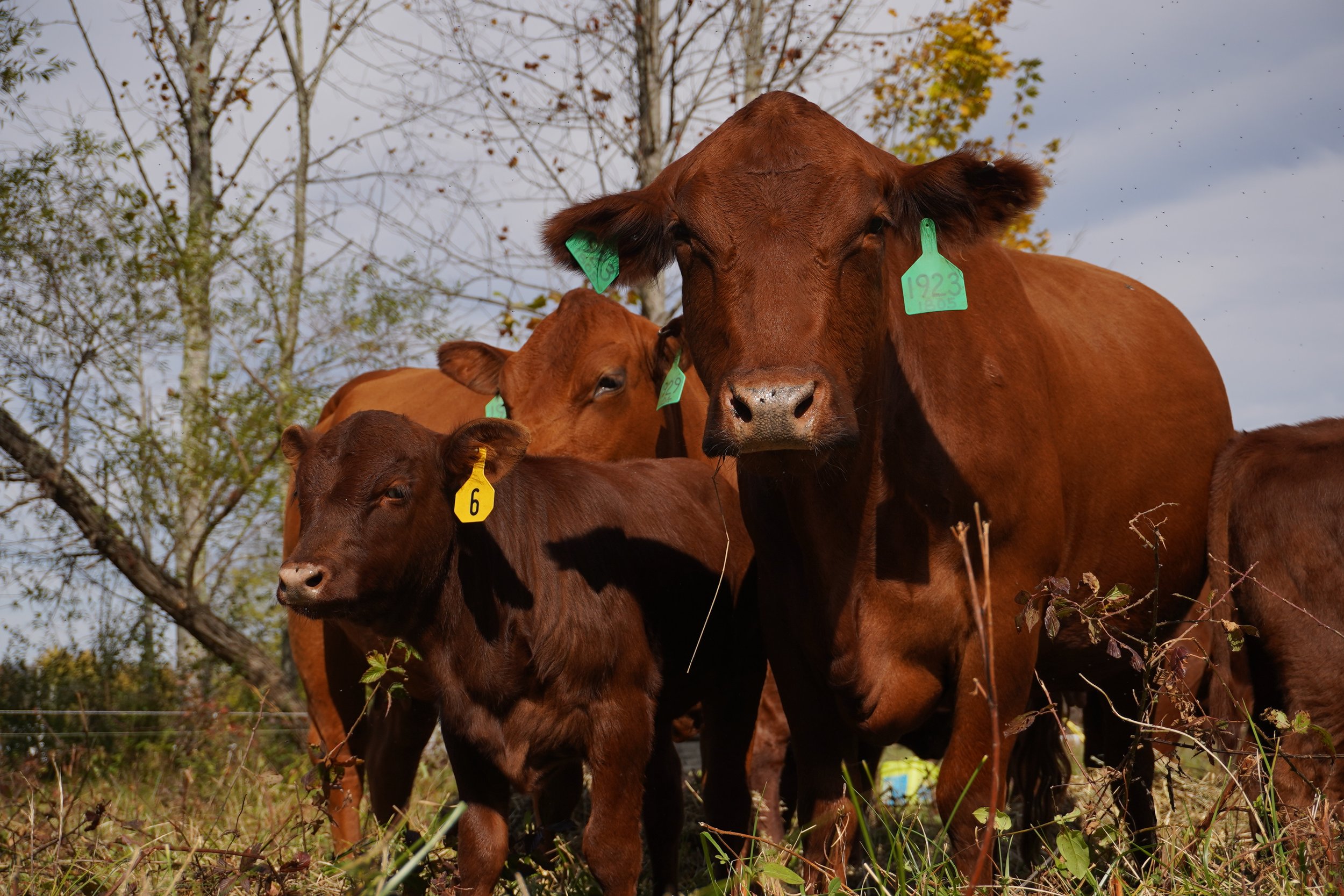Grass vs. Grain
Beyond Feedlots
Back in the days of family road trips out West, exploring America's landscapes and wildlife was a thrill. But you could always tell when feedlots were around the corner - that unmistakable stench from miles away, signaling a bunch of cows crammed into small dirt lots, just living.
As I've delved into cattle handling and husbandry, it's clear that feedlots, while part of the industrial ag scene, don't cross with sustainability and regeneration. With over 30 billion pounds of beef consumed in the U.S. each year, waving goodbye to feedlots isn't happening overnight. We've got to find ways to put both happy cows and a healthy environment front and center.
Grass-Fed Beef is Better for Everyone
Outshining feedlots are holistic livestock nutrition and regenerative practices. It's like a rebellion against the largescale operations, emphasizing a more natural, eco-friendly way to raise cattle.
Picture feedlot cows – cramped pens, high-protein, high-fat diets, and no chance to roam freely. Now flip that to cows on lush pastures. Less stress, more variety, and better overall health. And it's not just about taste when it comes to choosing between grass-fed and grain-fed beef. Grass-fed beef brings leaner meat, lower calories, and an abundance of omega-3 fatty acids, CLA, antioxidants, and vitamins. On the flip side, grain-fed beef, especially in prime cuts, tends to be juicier with more of a marbled finish.
So, it's decision time: nutrient-rich beef from happy, pasture-fed and raised cows, or less nutritious stuff from the feedlot? It's not just about what your taste buds fancy; it's about being mindful of animal well-being and keeping our environment in check.
Happy and Holistic
Choosing to prioritize the happiness of cows and the health of the environment extends beyond a singular meal; it's a thoughtful decision with far-reaching implications in the farming landscape. Feedlots, with their environmental challenges and the stress they impose on cows, often resort to antibiotics for quick fixes. In contrast, rotational grazing and holistic approaches step up to the plate, focusing on fostering a healthier environment, providing better living conditions, supporting natural nutrient cycles, and reducing reliance on antibiotics - or for that matter, any additional inputs.
It's crucial to consider the holistic benefits of sustainable practices like grass-fed beef production. Beyond its nutritional superiority, grass-fed systems contribute to increased biodiversity, improved soil health, and even carbon sequestration. The symbiotic relationship between cattle, pasture, and the environment forms the foundation of a more sustainable and resilient agricultural future.
In essence, feedlots may boast short-term gains, but the commitment to rotational grazing and conscious practices sets the stage for a farming scene that not only sustains but thrives in the long run. It's a journey toward a more mindful, sustainable, and regenerative approach to the way we raise and consume beef, underpinned by facts and a commitment to a healthier future for both our planet and our plates.
By Addie McKechnie

